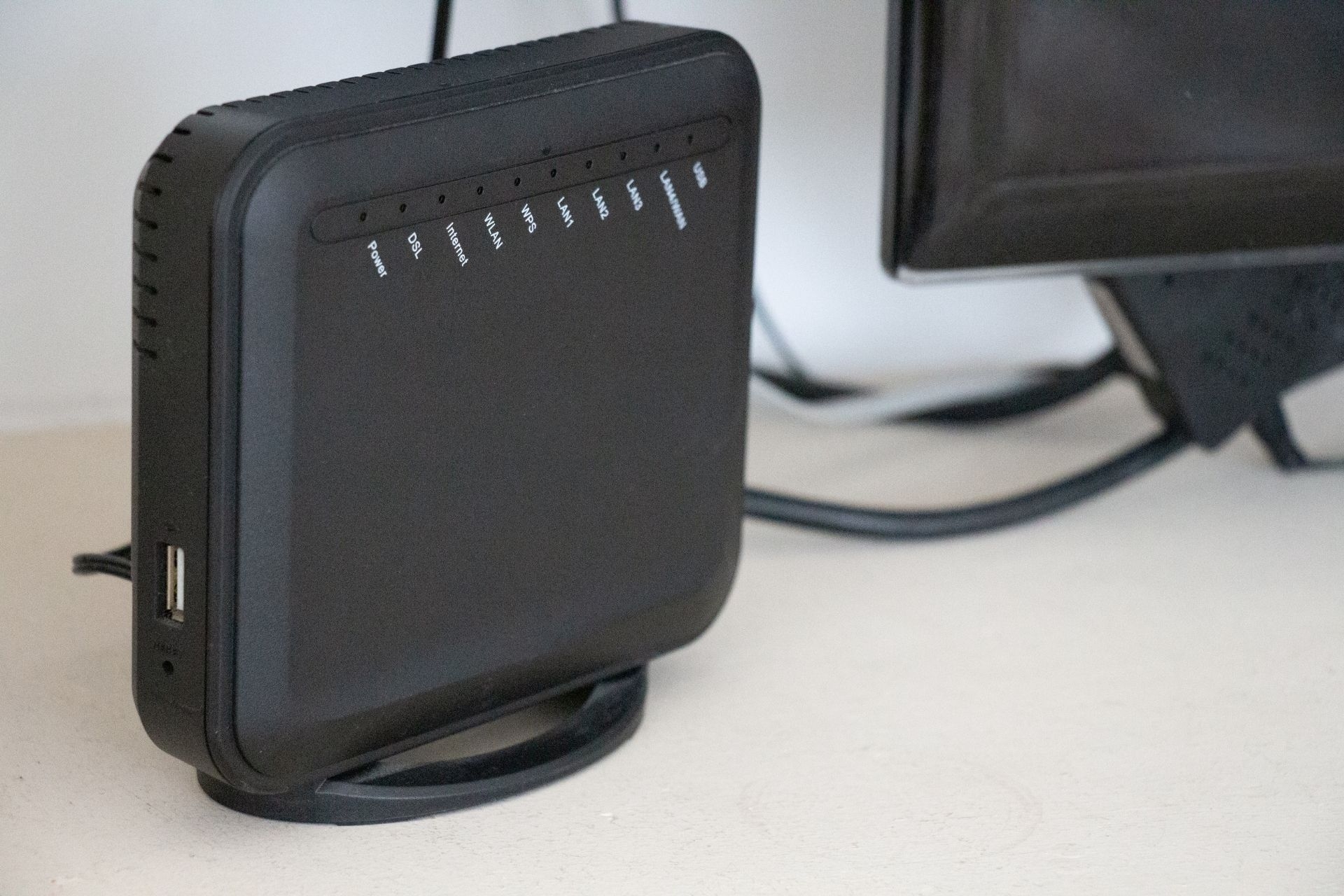The process of establishing peering relationships at Internet Exchange Points (IXPs) involves first identifying potential peers within the same IXP. Once potential peers are identified, network administrators must initiate contact and negotiate peering agreements, which outline the terms of the relationship, including traffic exchange policies, routing preferences, and any associated costs. After the agreement is reached, the technical implementation of the peering relationship involves configuring BGP sessions, setting up route filters, and monitoring traffic flow to ensure optimal performance. Additionally, network administrators may need to coordinate with the IXP's peering coordinator to finalize the peering setup and ensure compliance with the IXP's policies and guidelines. Overall, establishing peering relationships at IXPs requires careful planning, communication, and technical expertise to facilitate efficient and reliable interconnection between networks.




